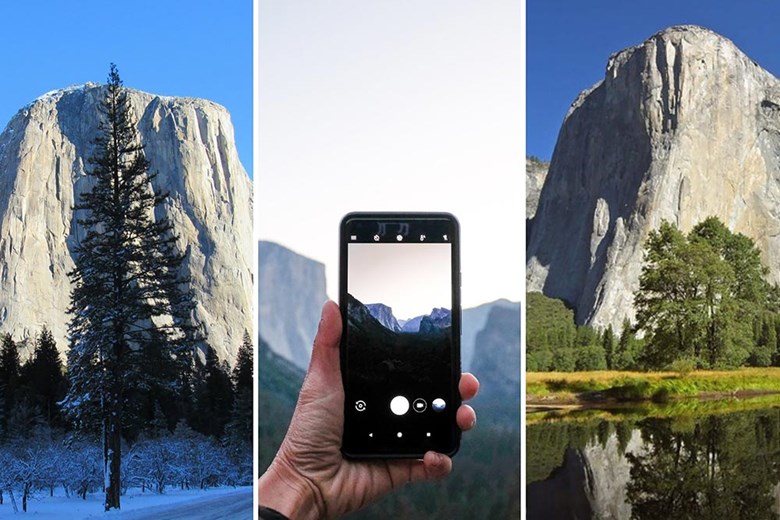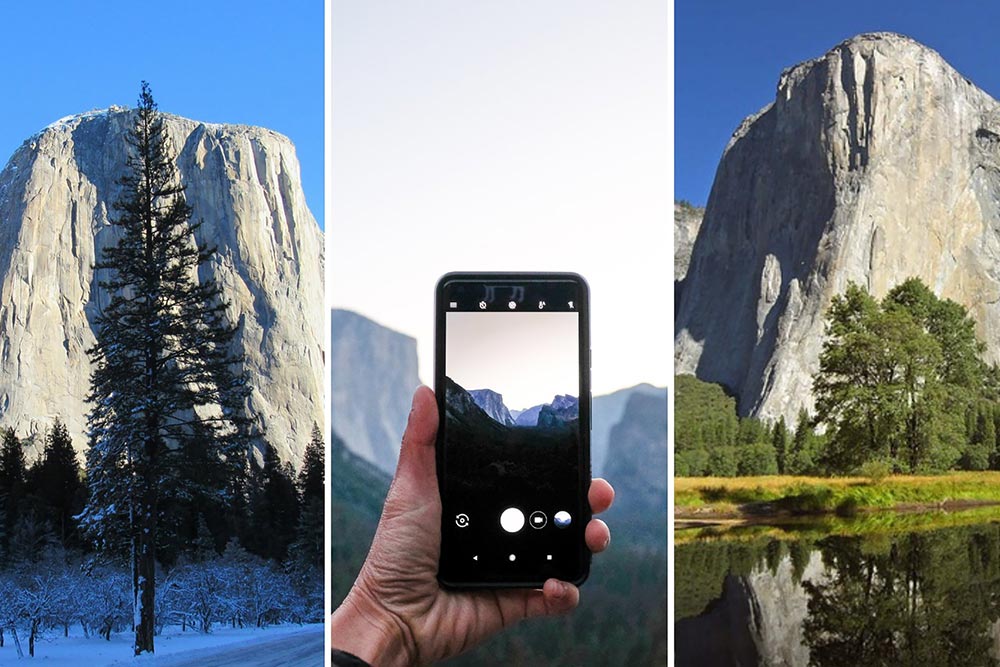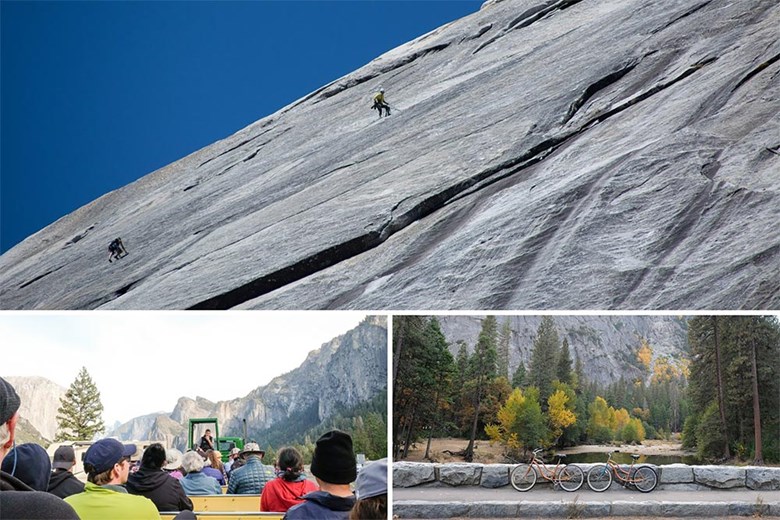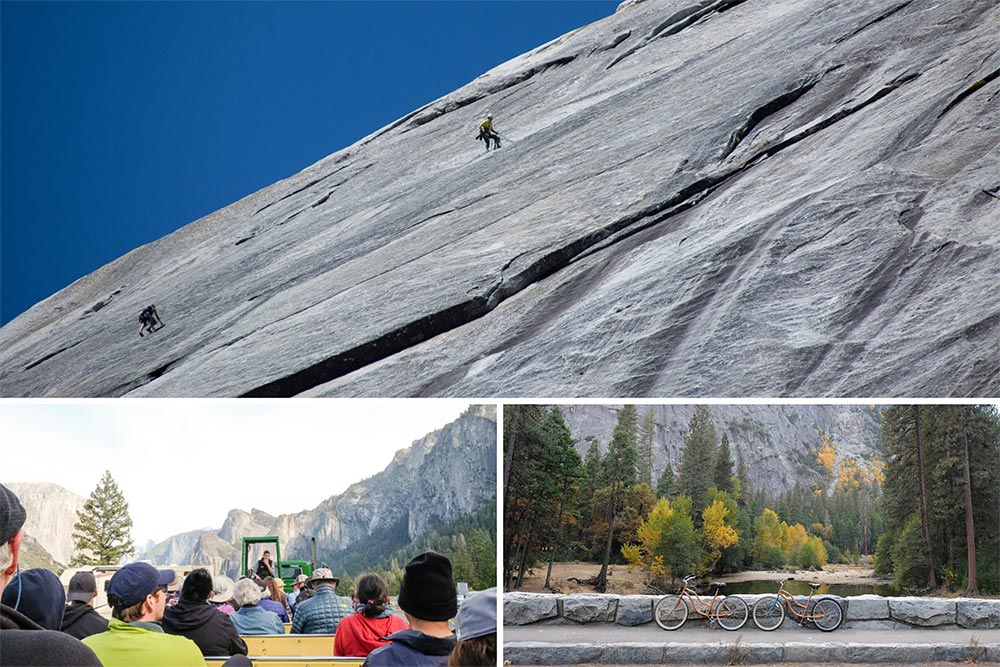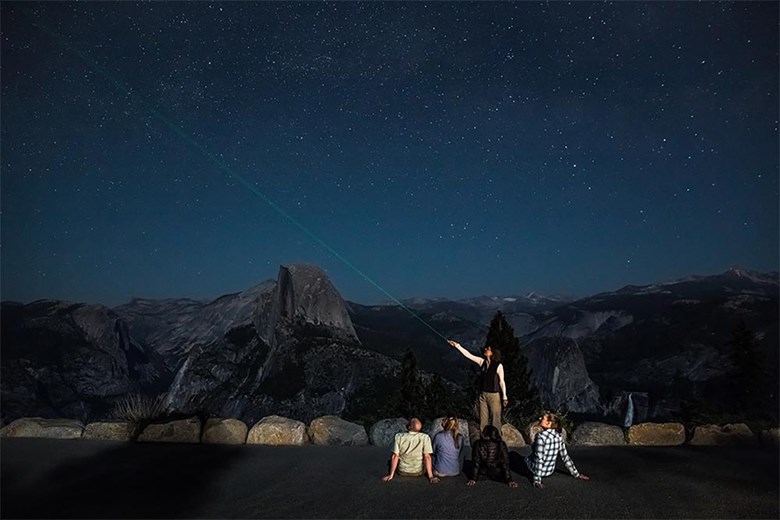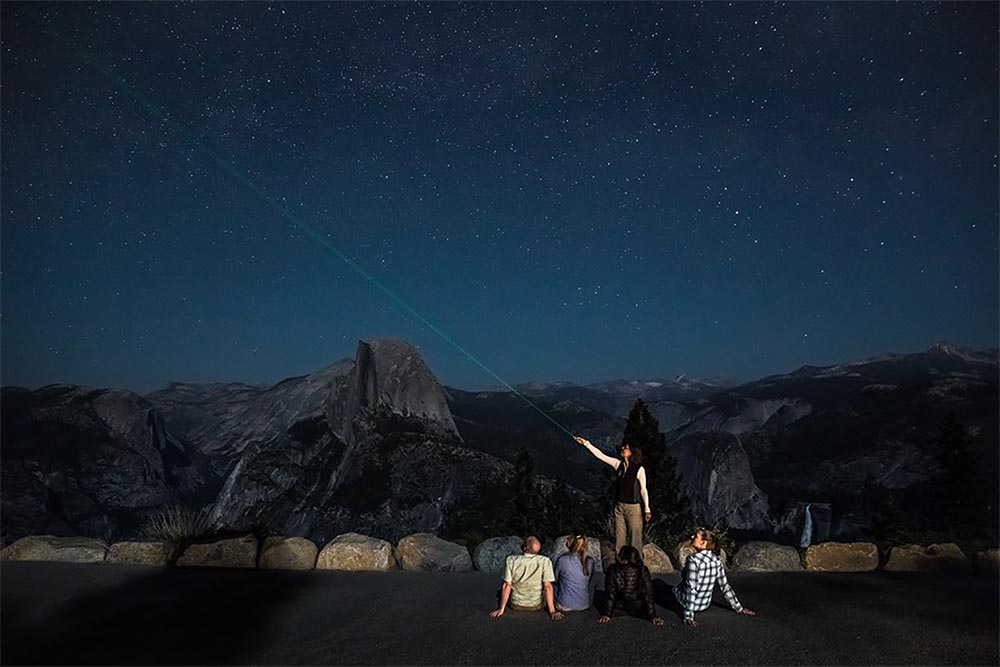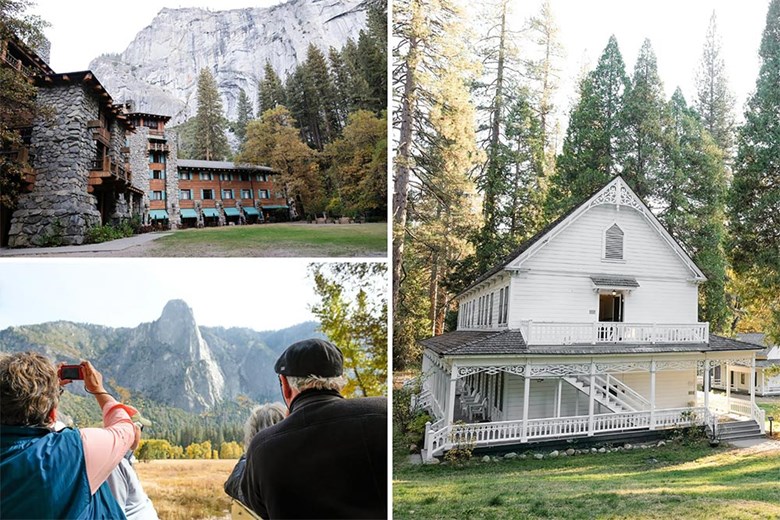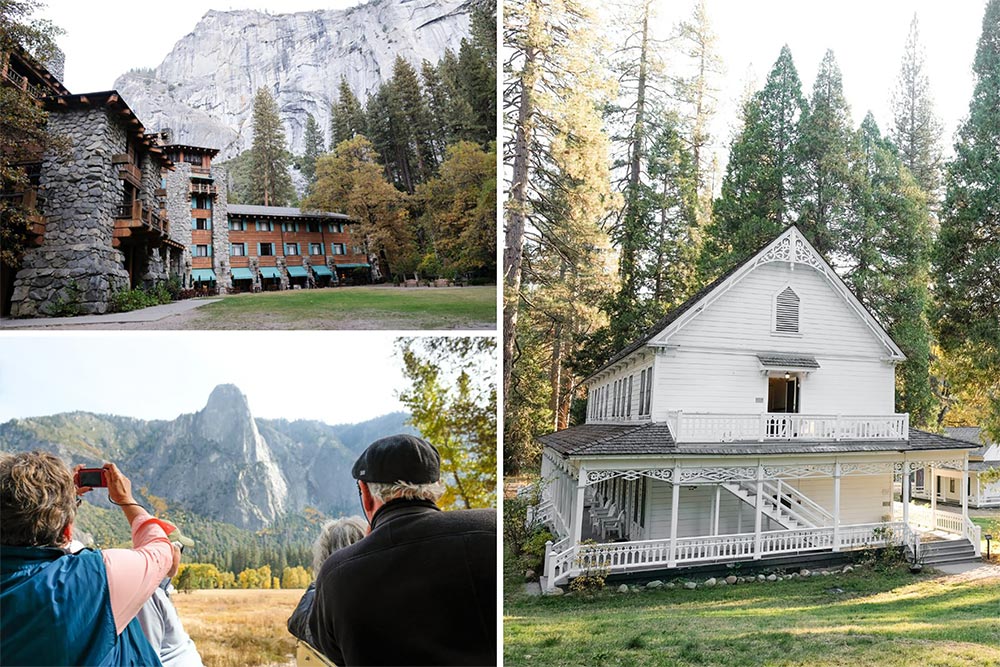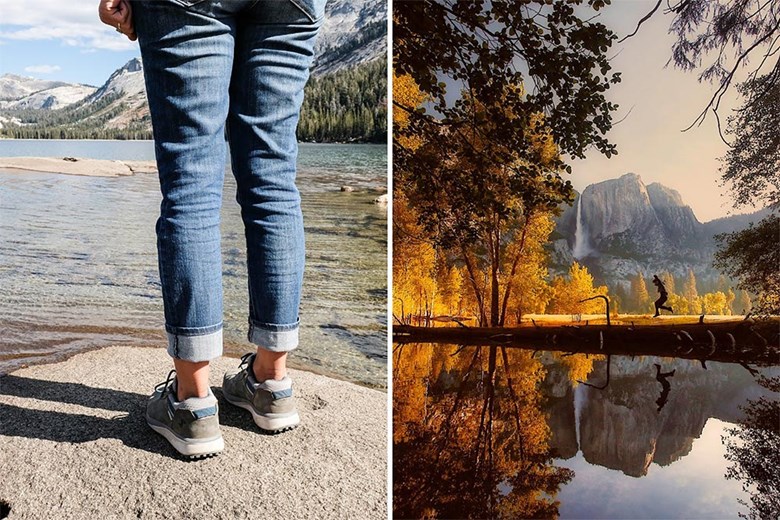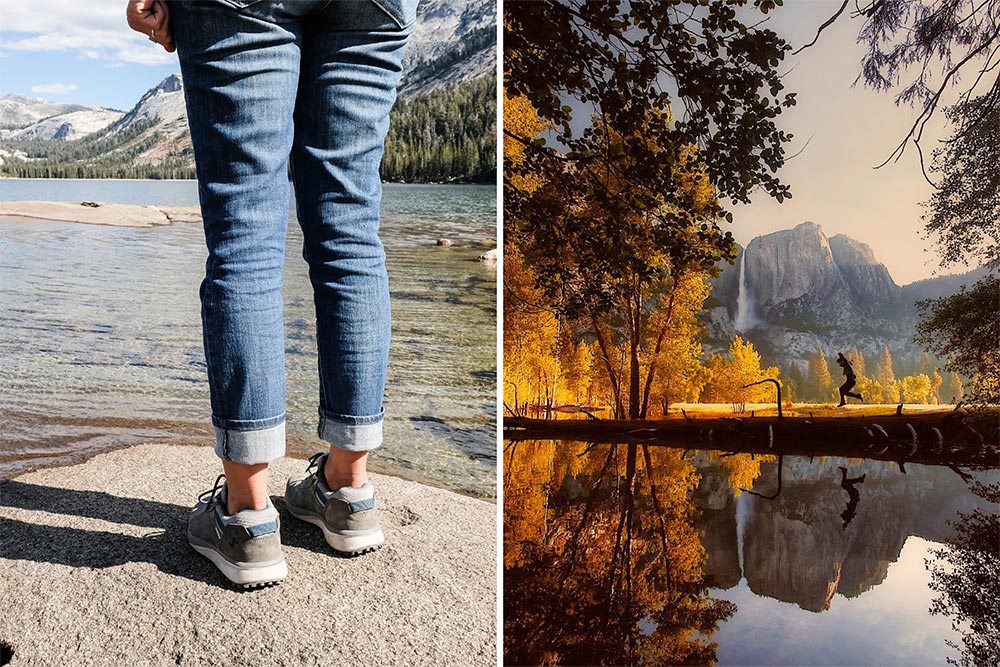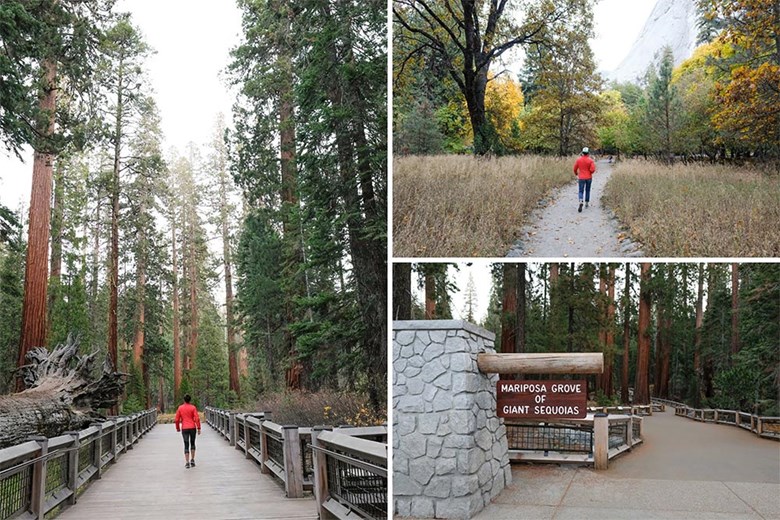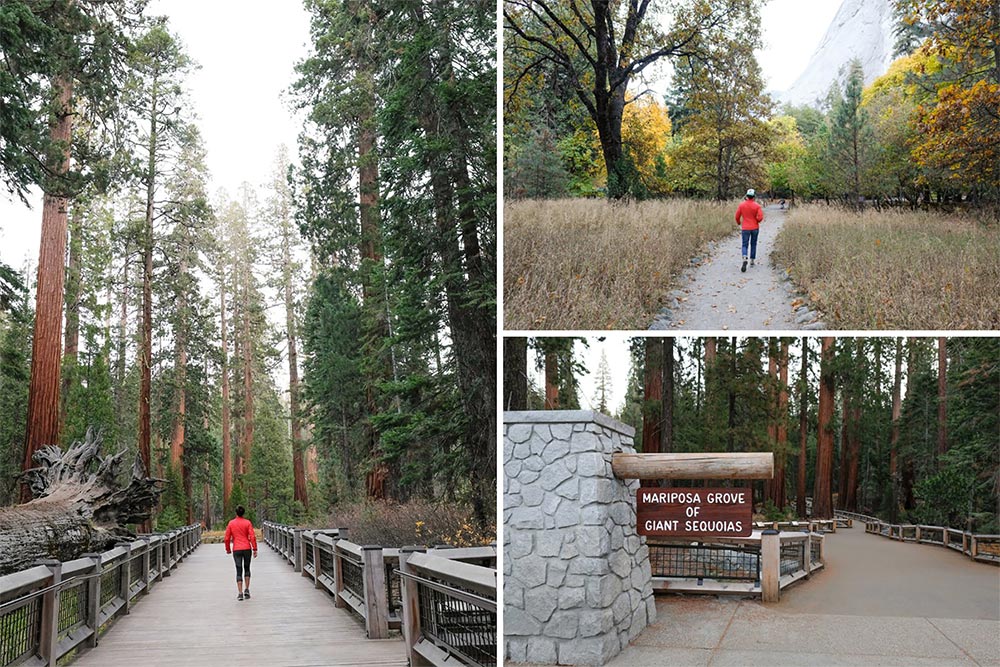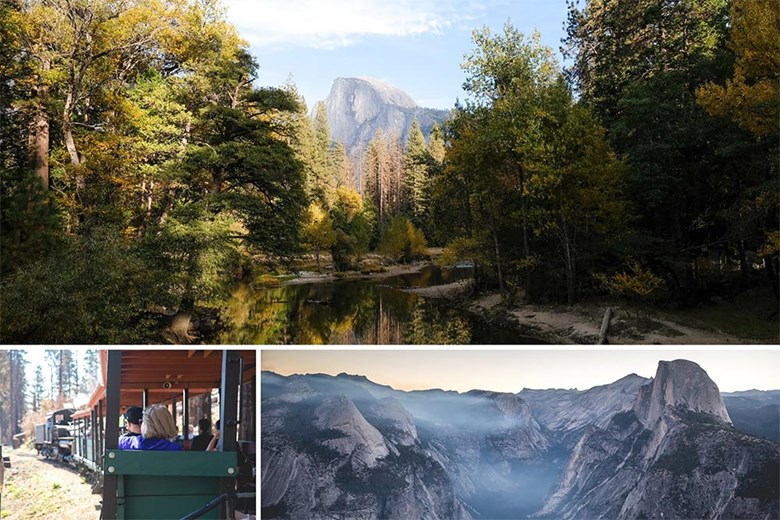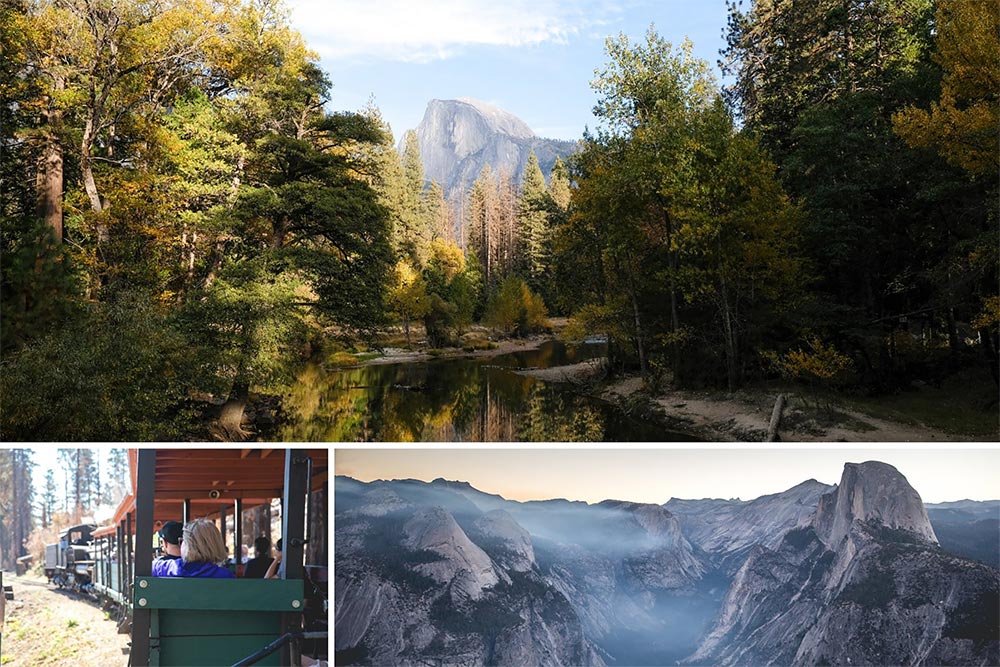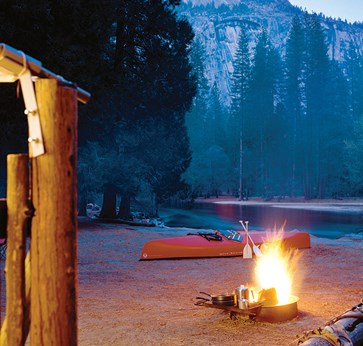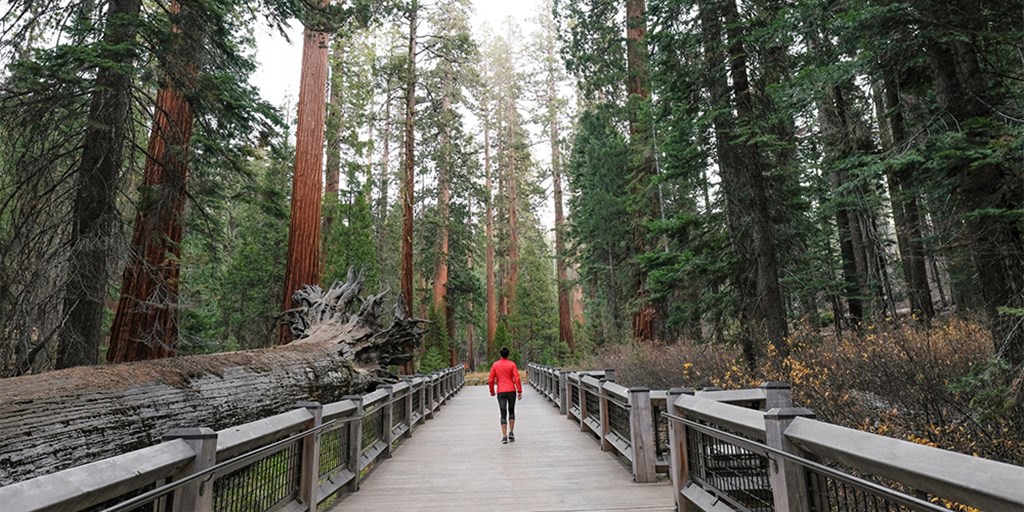
This article is also available in the following languages: French, German, and Chinese.
Yosemite. One word, four syllables. Not a lot in the way of descriptions, but with Yosemite, it’s all you need.
That one word conjures up cloud-crowned heights with crested waterfalls tumbling over granite monoliths; of deep valleys with quiet streams following their own path through western pines; of meadows with vast views. It can be simply described as Iconic Grandeur.
1,200 Square Miles of Views
When you tell people you are going to Yosemite, you really don’t have to say much more. You can see the longing tinged with jealousy in their eyes, along with the slight glimmer of optimism as they silently hope you will ask if they want to come along.
But with nearly 1,200 square miles of those deep valleys, grand meadows, ancient giant sequoias, and a vast wilderness area, the question of what to do once you get there can be a little daunting. But that is okay, that is what we are here for. Here are some highlights that are not to be missed.
Getting There
There are essentially four ways to get into the park, and each have their pros and cons, but for the sake of this article, we will take you in on Highway 140, through the town of El Portal, also known as the Arch Rock entrance. Whichever way you take into the park, however, one thing to consider is letting YARTS do the driving for you.
YARTS, or the Yosemite Area Regional Transportation System is a regularly scheduled, fixed route, public transit system that operates year-round in the Yosemite region. YARTS provides service into Yosemite National Park and gateway communities in comfortable, air-conditioned buses. Riding into the park has many advantages like helping cut down on traffic, emissions and congestion; but the best reason to ride YARTS is that you can focus on the scenery instead of watching the road. All YARTS fares into Yosemite include the park entrance fee.
For more information, rates and shuttle stops, check out yarts.com
The Arch Rock Entrance will take you directly into the Yosemite Valley with its views of Half Dome and El Cap. This entrance is also a great way to get to the heart of the park’s informational and social hub, Yosemite Village.
The Village is the site of some public facilities, such as a fire station, a post office, a medical clinic, a convenience store, restaurants, gift shops, and the park's headquarters facilities and main visitor center.
From this point, you have access to just about anything you might want to do in Yosemite.
Adventure Abounds
Feeling adventurous? Check out climbing with Yosemite Mountaineering School.
The climbing school offers climbing lessons and excursions from the rock neophyte to the most experienced of climbers. Classes start each day at 8:30 and can be expected to last about 8 hours.
Half Dome Village Bike Rental, located directly across the street from Yosemite Mountaineering School can rent you the perfect bike to explore the park with, from a laid back beach cruiser to a downhill beast.
One more thing not to be missed in Yosemite Valley are the stars. Once the sun starts fading to the west, they begin popping out, one by one at first, then it’s as if someone took a bucket of lights and threw them across the sky. But it’s not enough just to be able to see these stars, you should learn about them too.
The Starry Skies program gives you a chance for a cosmic adventure with a dedicated and knowledgeable cosmic guide.
Sleep in Majesty
There a number of places to choose from when picking out a bed for the night and the lodges offer a number of amenities at multiple price points.
The Yosemite Valley Lodge is a great place for families with both traditional and larger family-style rooms. Included on the property are great eateries, a tour desk, swimming pool and phenomenal views of Yosemite Falls.
One hotel that should be on everyone's bucket list is The Majestic Yosemite Hotel. The hotel is specifically designed to highlight the natural surroundings of the valley. It is exquisitely luxurious and at once ruggedly historic with views featuring Yosemite Falls, Half Dome, and Glacier Point. The hotel holds a historic heritage as it is listed on the National Register of Historic Places.
Stretch Your Legs
The next day, lace up your hiking boots and head to Tuolumne Meadows.
Located about an hour’s drive from the valley, Tuolumne Meadows is one of the largest high-elevation meadows in the Sierra Nevada. Tuolumne Meadows, at 8,600 ft., is a great way to see the granite backbone of the High Sierras. With numerous and accessible trailheads leading you into the wilderness, trails can be anything from easy to strenuous and everything in between. One not-to-be-missed hike is Cloud's Rest. Clouds Rest Trail from Tenaya Lake is a 12.3 mile moderately trafficked out and back trail.
The hike to Clouds Rest is epic and some argue it offers a better view than the top of Half Dome.
If Half Dome is on your bucket list, however, make sure you are prepared.
Measuring about 15 miles round trip, the most popular trailhead is from the Happy Isles shuttle stop, accessible from Yosemite Valley.
This trail, however, is not for the casual hiker nor the faint of heart. The hike can be as rewarding as it is challenging but there are some steps you need to take before heading out, including getting a permit. But the effort is well worth the reward.
Sleep in History
A great place to stop for the night is the Big Trees Lodge.
Big Trees Lodge is one of those classic Victorian hotels that make a trip to any National Park so charming.
Established in 1856, the Big Trees Lodge is one of California’s original mountain resort hotels. Situated 27 miles from Yosemite Valley on Highway 41, this National Historic Landmark is near the Mariposa Grove of Giant Sequoias and the Pioneer History Center. Which will give you a great base to start from for your next day.
Trees like Skyscrapers
The Mariposa Grove is the largest sequoia grove in Yosemite and home to some of the most quintessentially recognizable sequoias in the world. The Fallen Monarch and the California Tunnel Tree are a few examples.
There are any number of hikes that can take you into the heart of the cathedral-like grove. Perhaps the best, though most challenging, is the Mariposa Grove Trail.
This wide and relatively smooth trail follows a route that people have used to access the grove for generations. The trail winds its way through some of the most spectacular sequoias the park has to offer. Trees like the Bachelor and Three Graces, the Faithful Couple, and the Clothespin Tree grace the grove. This trail can also give you access to the upper reaches of the grove which culminates at the spectacular and historic Wawona Point, an overlook with panoramic views.
A Yosemite Legend
Of course, no trip to the southern area of the park would be, or even could be complete without spending an evening with Tom Bopp.
Tom Bopp is a Yosemite Legend. A gifted and highly entertaining pianist, Bopp has been performing at Big Trees Lodge since the 1980s. He can speak to the Big Trees experience, history of the Lodge and give the opportunity for guests to unplug and relax in this quieter part of the park.
Wonderful, Wild and Amazing
The next morning is a great chance to get a little history with all that fresh mountain air.
The Pioneer Yosemite History Center is located almost right next door to the Big Trees Lodge and will give you a time machine of sorts to travel back into the early days of the Park’s history.
A fun, if slightly macabre, side trip is the diminutive in size but rich in history Wawona Cemetery. With fewer than ten (though nobody really knows for sure) graves, this fenced-in cemetery is the eternal resting place for some of the parks earliest inhabitants. It can be a little tricky to find though, so ask a local.
Yosemite is a park of wonders. From the deep forests and wildflower-strewn meadows of the valley to the sacrosanct solitude of its vaulted granite domes. It’s the only place in the world where the definition of that wonder is defined by the name of the place itself. Yosemite. And if you want, you should bring your friends.
This story has been created in partnership with Visit USA Parks.



